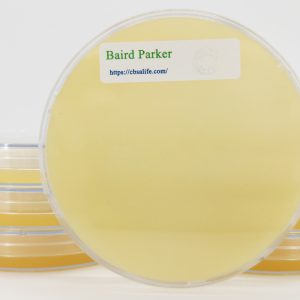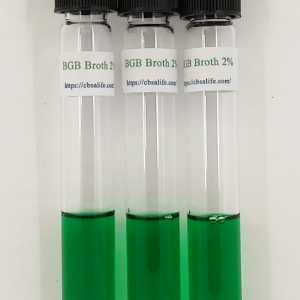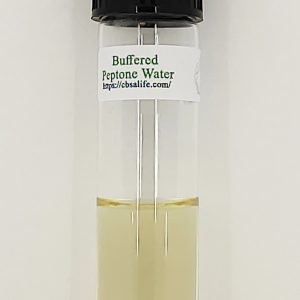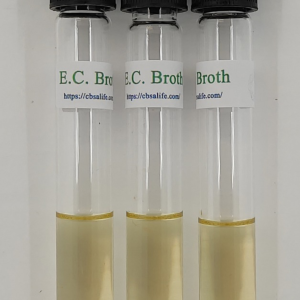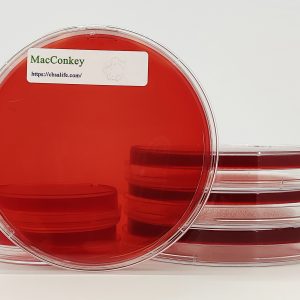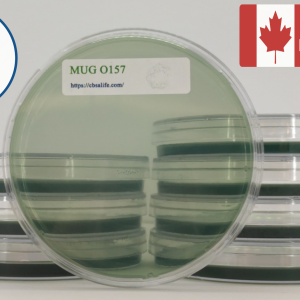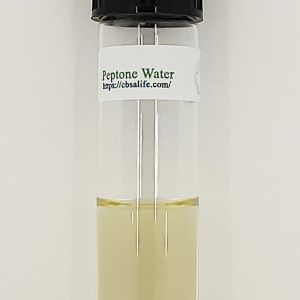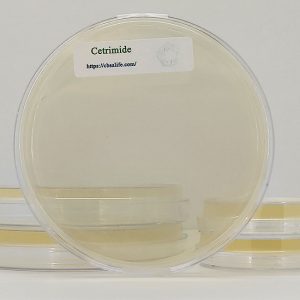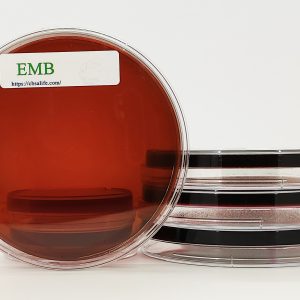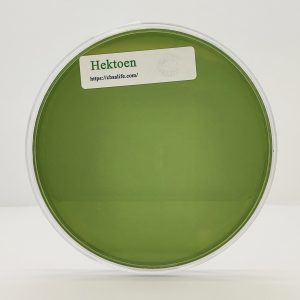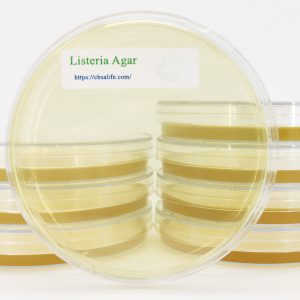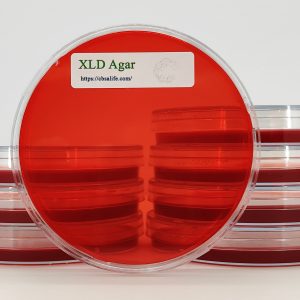SELECTIVE-DIFFERENTIAL MEDIA: Selective-Differential media are growth media that allow certain bacteria to have distinct colonies on the culture media. Organisms growing on differential media produce characteristic colonies that differentiate them from other group of microbes. They are also known as indicator media because they contain certain indicators (e.g. neutral red, chemicals and dyes) which changes in colour especially when the definite organism (i.e. the organism of interest) is present in the specimen being cultured. Unlike selective media which only encourage the growth of particular microbes, differential media differentiate between different groups of bacteria; and some culture media can serve as both selective and differential media. Differential media or indicator media are also used for the presumptive identification of some bacteria. For example, MacConkey agar (MAC) is a differential media that help microbiologists to differentiate lactose fermenting bacteria (e.g. Escherichia coli) which ferments lactose to produce pink colonies on MAC from non-lactose fermenting bacteria (e.g. Salmonella) which does not ferment lactose and thus appear as pale or colourless colonies on the growth medium.Examples of differential media are cystein lactose electrolyte deficient (CLED) media, mannitol salt agar (MSA), MacConkey agar and blood agar amongst others.
Showing all 19 results
